
Home |
About Us |
How to Participate |
Biodiversity Modules |
Projects |
Maps |
News |
Resources

Home |
About Us |
How to Participate |
Biodiversity Modules |
Projects |
Maps |
News |
Resources
|
Definition of "Open Water" - General Code 400: Large open water space. Excludes wetlands. |
Open Water: Ocean (420)
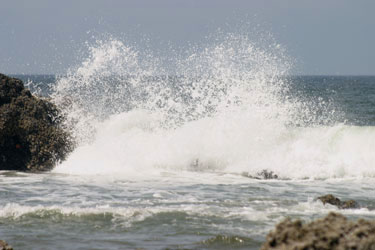 | Descriptive Habitat Code: This ocean habitat is classified as open water (4) with salt water (20). |
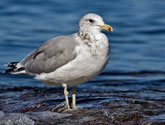 California gull Larus californius Code: LACAL Photo: Natures Pics |
Distribution and Habitat: It is found throughout parts of the western North Pacific Ocean. It breeds on gravel beds along the Columbia River and large lakes in the Columbia Basin. Diet: Interesting fact: |
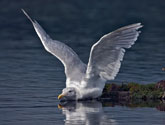 Glaucous-winged gull Larus hyperboreus Photo: Natures Pics |
Distribution and Habitat: They are found across North America. Diet: Interesting fact: |
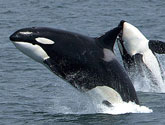 Killer whale (Orca) Orcinus orca Photo: Robert Pittman |
Distribution and Habitat: Killer whales are found along the Pacific Northwest coastline and sometimes visit Puget Sound. They live in family groups. Diet: Interesting fact: |
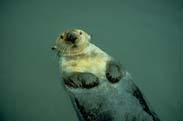 Sea otter Enhydra lutris Photo: GV |
Distribution and Habitat: Sea otters are found along the Pacific Ocean coastline from northern California to Russia. Diet: Interesting fact: |
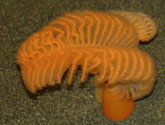 Sea pen Ptilosarcus gurneyi Photo: TFK |
Distribution and Habitat: The sea pen is almost completely subtidal, but in Puget Sound it is sometimes see at the shore when the tide is very low. Diet: Interesting fact: |
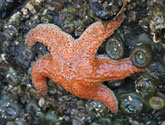 Sea star Pisaster ochraceus Photo: TFK |
Distribution and Habitat: It is found throughout parts of the western North Pacific Ocean. Diet: Interesting fact: |
 Seaweed Photo: JM |
Distribution and Habitat: There are many different types of seaweed. They are found along the shallow areas along shorelines around the world. Interesting fact: |
Home |
About Us |
How to Participate |
Biodiversity Modules |
Projects |
Maps |
News |
Resources